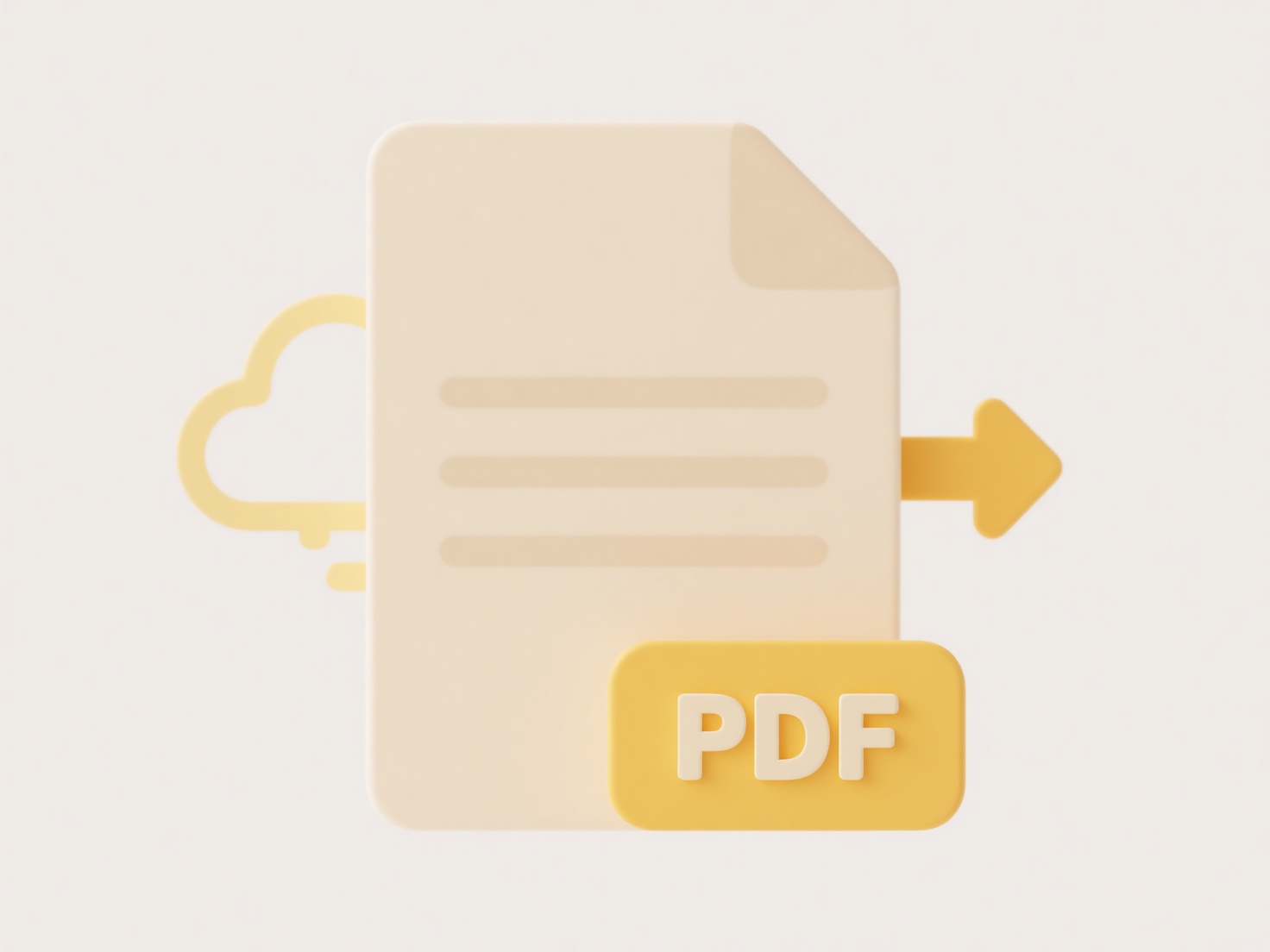
Opening .exe files received via email is generally advised against. An .exe file is an executable program designed to run code directly on your computer. Unlike document files (like .pdf or .docx) which generally require user interaction to run potentially harmful code, executables can often run automatically upon opening or with minimal clicks. Email is an unverified channel, making .exe attachments a common method for malware delivery, including viruses, ransomware, or spyware designed to steal data or take control of your system.
Attackers frequently disguise malicious .exe files as seemingly legitimate attachments, such as fake invoices, shipping notifications, or urgent documents. For example, an email pretending to be from a delivery service might include a "tracking_details.exe" file that installs ransomware. Businesses, particularly in finance or retail, are common targets through phishing emails where a malicious .exe poses as an internal tool update or HR document, exploiting employee trust.

The core risk is the near-certain compromise of your system if the executable is malicious. Malware can encrypt your files, steal passwords/logins, or enlist your computer in a botnet. Even if the sender seems known, independently verify why they are sending an executable and confirm its integrity before ever opening it. Obtain critical software updates or legitimate executables directly from official websites or trusted internal portals instead. As threats evolve, default caution towards unexpected email attachments remains essential security practice.
Should I avoid opening .exe files received via email?
Opening .exe files received via email is generally advised against. An .exe file is an executable program designed to run code directly on your computer. Unlike document files (like .pdf or .docx) which generally require user interaction to run potentially harmful code, executables can often run automatically upon opening or with minimal clicks. Email is an unverified channel, making .exe attachments a common method for malware delivery, including viruses, ransomware, or spyware designed to steal data or take control of your system.
Attackers frequently disguise malicious .exe files as seemingly legitimate attachments, such as fake invoices, shipping notifications, or urgent documents. For example, an email pretending to be from a delivery service might include a "tracking_details.exe" file that installs ransomware. Businesses, particularly in finance or retail, are common targets through phishing emails where a malicious .exe poses as an internal tool update or HR document, exploiting employee trust.

The core risk is the near-certain compromise of your system if the executable is malicious. Malware can encrypt your files, steal passwords/logins, or enlist your computer in a botnet. Even if the sender seems known, independently verify why they are sending an executable and confirm its integrity before ever opening it. Obtain critical software updates or legitimate executables directly from official websites or trusted internal portals instead. As threats evolve, default caution towards unexpected email attachments remains essential security practice.
Quick Article Links
How do I export app settings or preferences?
Exporting app settings, or preferences, means creating a portable copy of your customized application configurations. Th...
How do I manage reference files?
Reference files are reusable documents, templates, or assets used for consistent creation of new work materials. Managin...
Why do file conflicts happen?
File conflicts occur when multiple users attempt to modify the same file simultaneously in a shared environment, like cl...